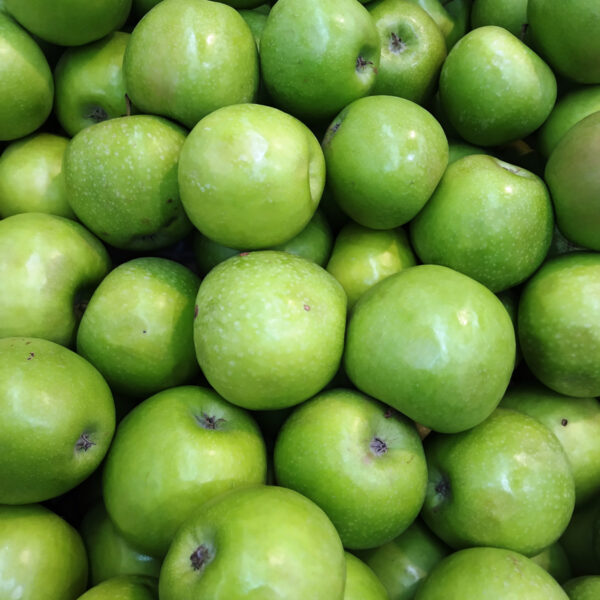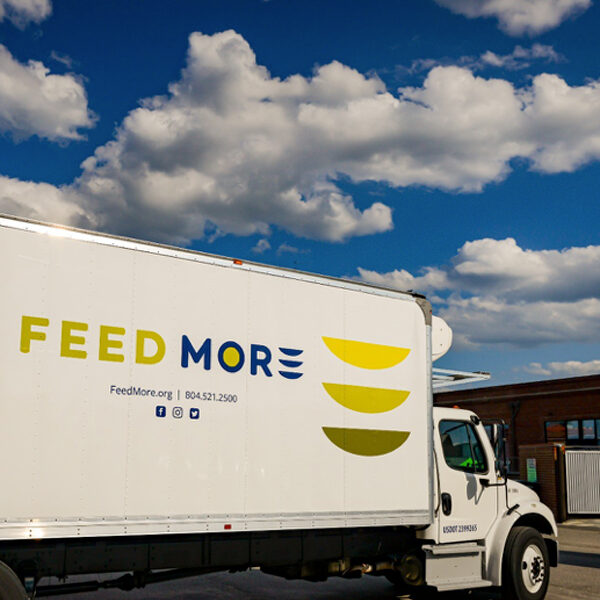
Feed More is a Richmond, VA- based non-profit dedicated to feeding food insecure individuals across 29 counties and five cities through their own effort as well as by supporting 270 nonprofit and community partners including food pantries, soup kitchens, group homes and other community sites.
Feed More was interested in understanding the impact of paid media outreach in terms of its ability to deliver Return on Ad Spend (RoAS) or a positive ROI.
Spurrier Group was asked to help create a media plan to help them “get smart” with a limited budget. The goal wasn’t strictly RoAS, but to get smart to understand a repeatable series of tactics that would deliver a positive RoAS for future efforts.



The Strategy
Spurrier Group developed a two-pronged measurement approach to generate as many actionable insights as possible.
Tactics
The first approach was to deploy a large number of tactics (Display, Video, Audio, Social) and track back to both donation volume and total donation amount to exposure to media. All of these tactics were deployed programmatically, allowing for automated optimization.
Audience
The second approach was to pixel the website with an audience insight pixel that allows data partners to understand who’s coming to the Feed More website and how those people behave online and off.
After a roughly three-month campaign, Feed More was able to deliver a $3.30 RoAS, meaning that for every $1 spent on advertising, they were getting back $3.30 in donations, with an average donation size of $285.35, vastly surpassing pre-deployment expectations on both sides. Two of the tactics, Display and Video delivered a positive RoAS across all creatives served. We were also able to identify hypotheses about best practices that can be incorporated into future campaigns. Audio was able to deliver a positive RoAS for about half of their creative executions, showing opportunity for future campaigns. Social was not able to directly link to a positive RoAS, partly due to changes to the reporting changes outlined by Meta, meaning that user behavior hasn’t changed, but our ability to see it has (data blindness).